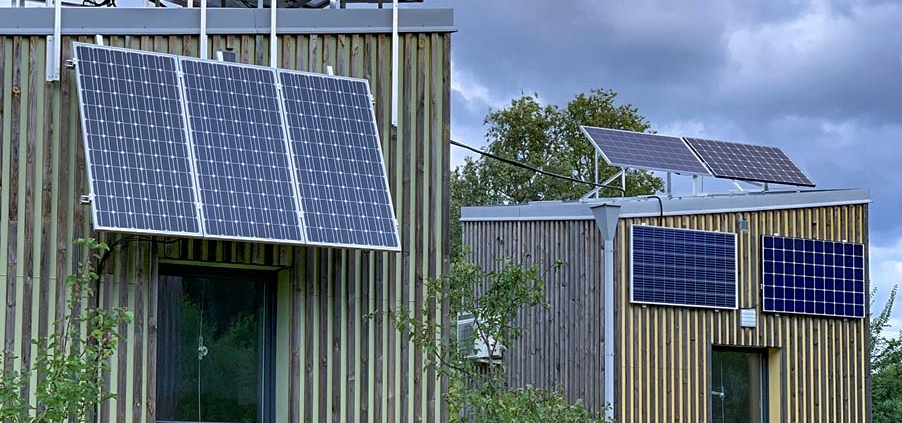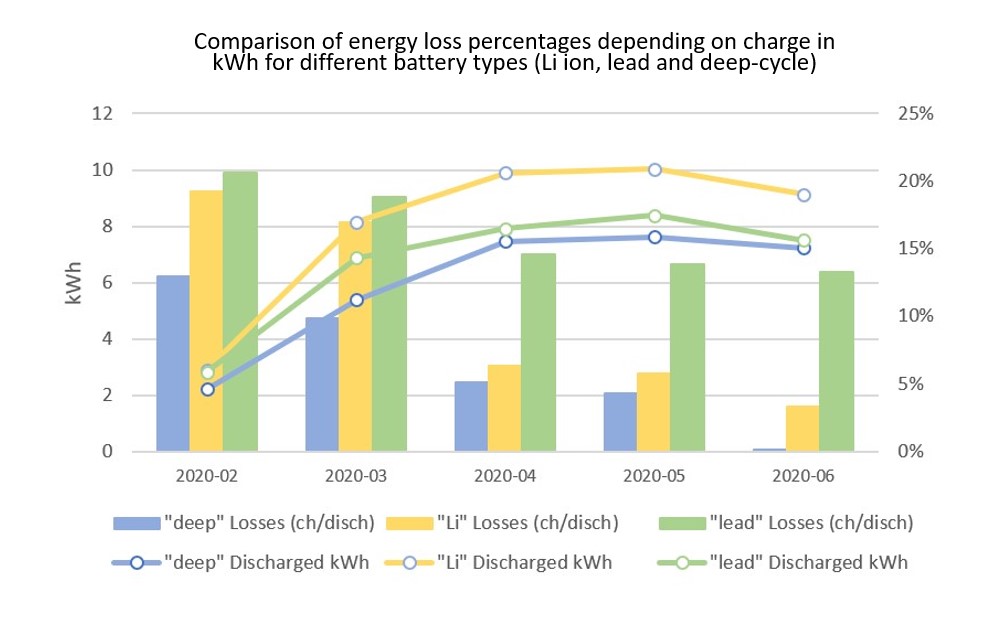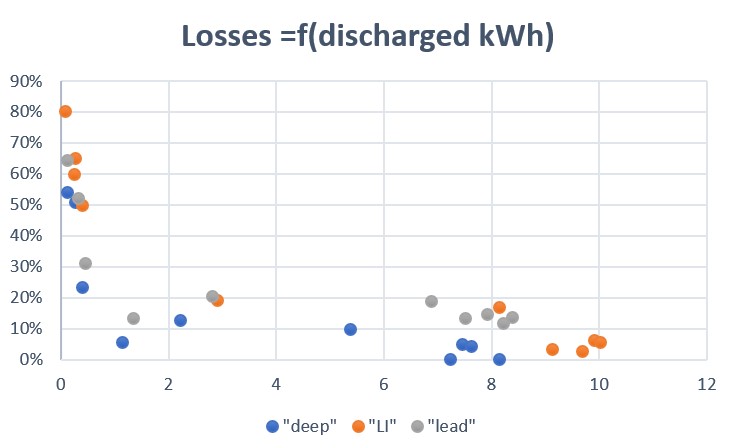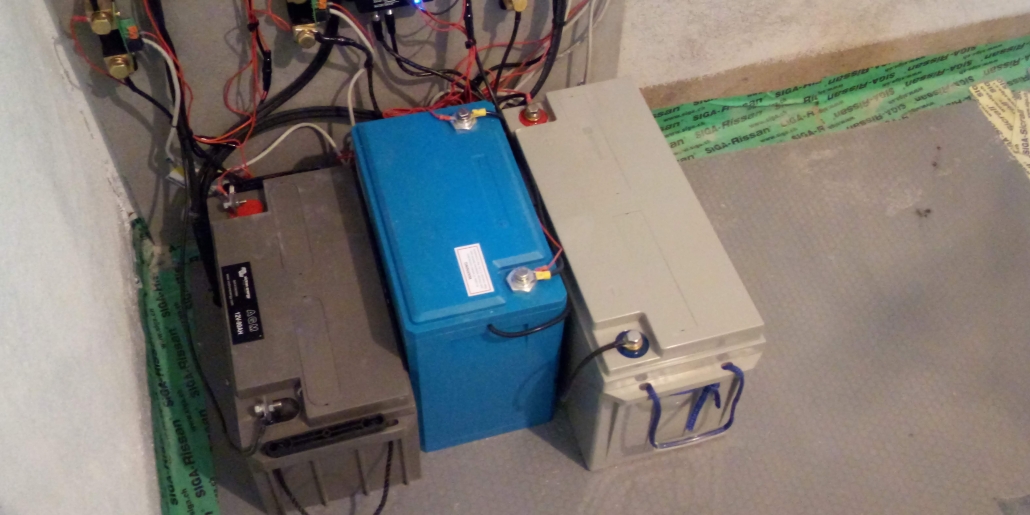Preparing for nearly zero-energy building requirements
Did you know that starting in January 2021 there are going to be new requirements regarding energy performance for all new buildings?
What are these nearly zero-energy buildings?
According to the definition given in directive 2010/31/EU of the European Parliament and of the Council of 19 May 2010 a nearly zero-energy building is one that has a high energy performance, meaning that the necessary energy is generated from renewable energy sources locally. A more specific definition is defined by each member state separately according to local weather and other conditions.
The law in the Republic of Latvia defines a nearly zero-energy building as one that fulfils the following requirements:
- heating energy efficiency is categorised as class A (< 40/45 kWh/m2 for living/non-living buildings)
- total energy consumption is less than 95 kWh/m2 per year;
- more than 75% from ventilation heat is recovered;
- renewable energy is used at least partially;
- no low-efficiency fossil crucibles are used for heating.
One of these nearly zero-energy building components is being investigated by leading researcher Stanislavs Gendelis in the Institute of Numerical modelling. In the postDoc project Analysis of the actual energy consumption of zero energy buildings and development of the necessary energy efficiency improvement solutions (Nr. 1.1.1.2/VIAA/3/19/505) Stanislavs analyses the use of renewable energy.
Several different solar panels have been set up in the botanical garden in the University of Latvia as well as a few different types of batteries:
- AGM deep-cycle type batteries (“deep”);
- LiFePO4 type(“Li”);
- lead-carbon type (“lead”).
During the summer months, when the received energy from the sun increases an analysis on battery types was conducted. What can be seen from the early results already is that there is a significant difference in energy losses between different battery types. It can be seen that lead batteries have larger energy losses in all of the observed charge levels (2 – 10 kWh) relatively to the other two types of batteries observed. The difference in energy losses between deep-cycle batteries and lithium-ion batteries increases at lower charge levels. For all of the batteries observed however the energy losses are smaller if the battery is more charged.







